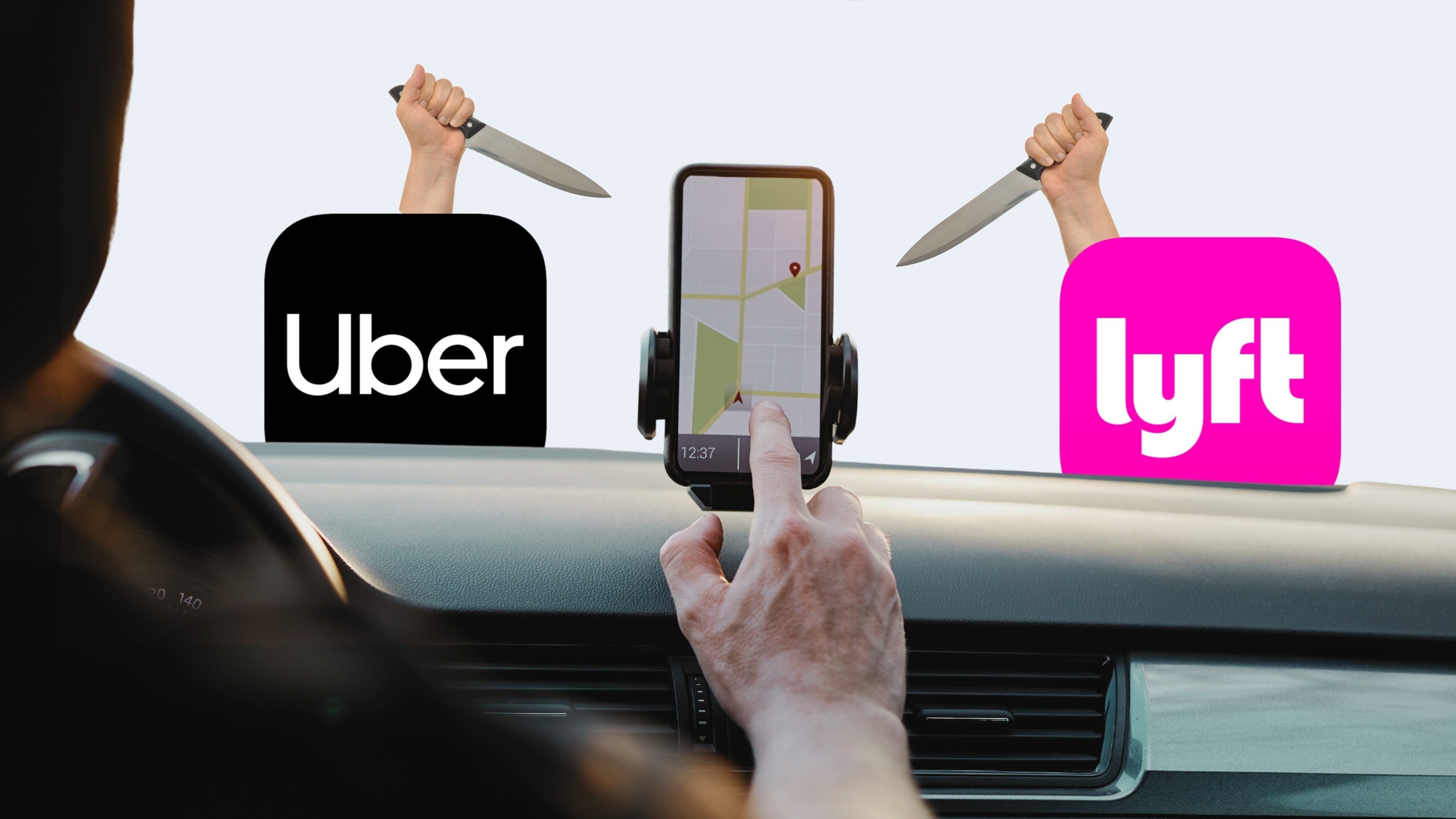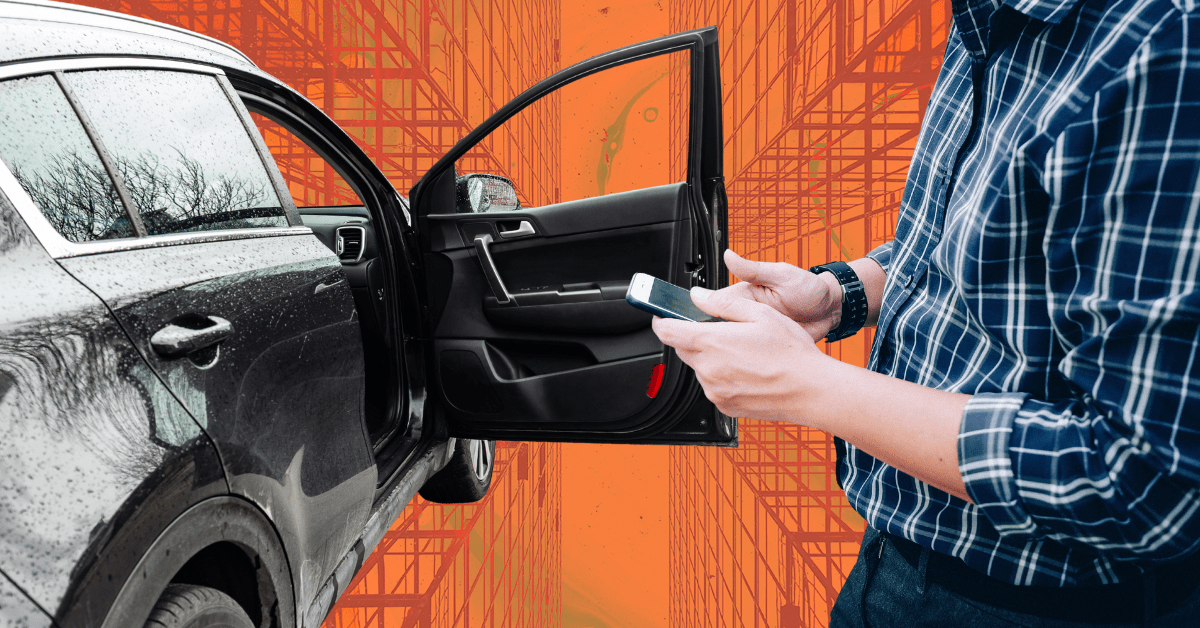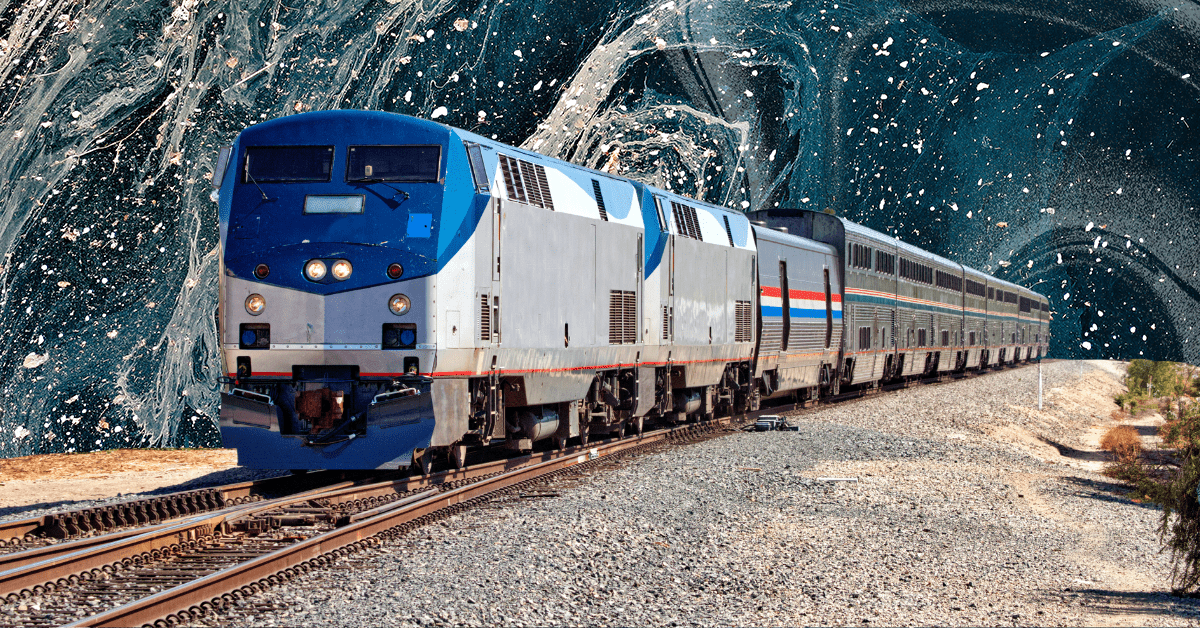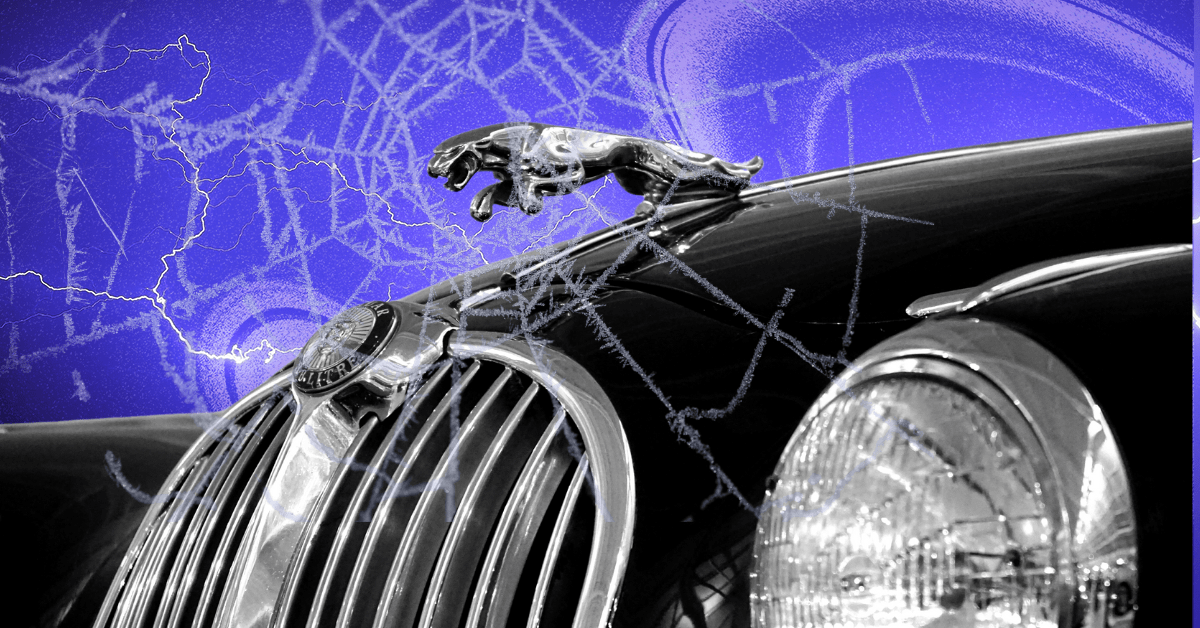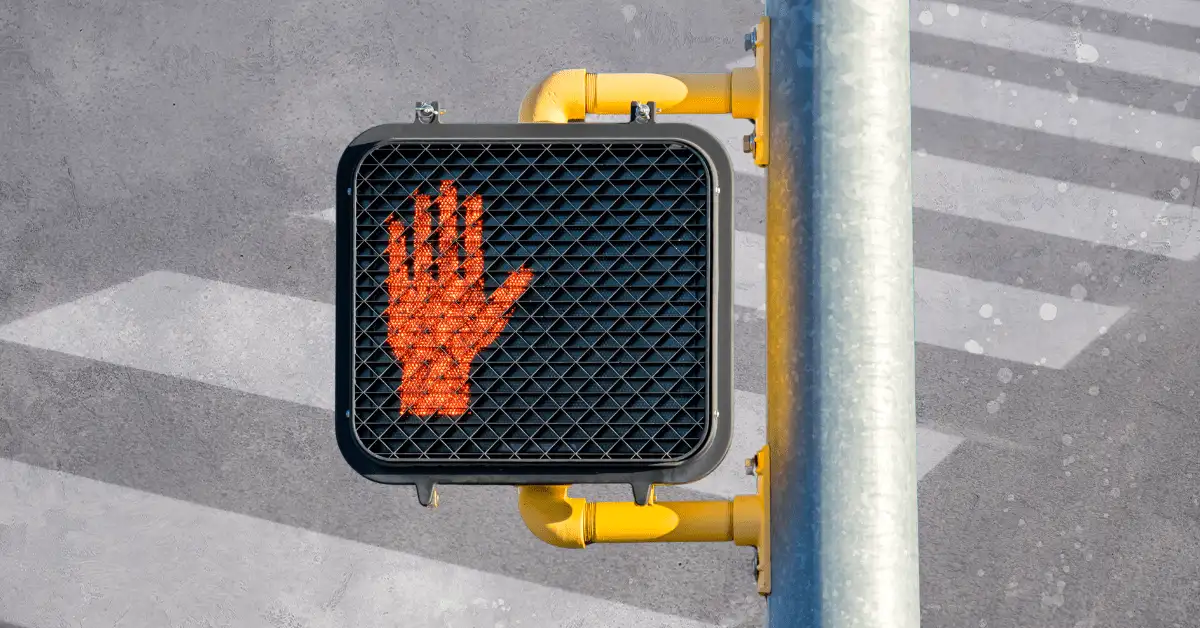Let’s face it: many bus stops are ugly. Boring benches — often designed with hostile architecture — inside plastic huts that sometimes offer shade, depending on where the sun is. And that’s if you’re lucky.
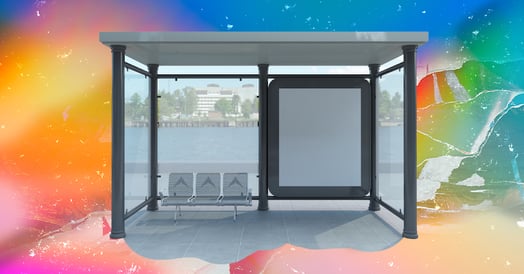
But what if bus stops were aesthetically pleasing? Could cities get more people onto public transit, reducing pollution and traffic?
In a new Italian study…
… ~300 people at a bus stop near Milan were shown a VR version of a colorful stop with better seating and shopping. It found that they’d be willing to pay an average of $4.71 more and travel ~28 minutes longer to use a more attractive stop.
Armando Cartenì, the study’s lead author and a transportation planning professor, told Bloomberg that “investing in beauty is always a good move both for private operators and public administrations.”
However, the participants were tourists, not daily commuters whose priorities involve getting to work quickly and affordably.
For commuters…
… it’s the convenience that counts; they want to be able to walk to their stop safely and wait comfortably.
A University of Minnesota study found that better bus stops impacted how long riders felt they’d waited. Riders who:
- Waited at stops with shelters, benches, and real-time arrival info for 10 minutes perceived their wait to be 11 minutes.
- Waited at stops with no amenities perceived their 10-minute wait to be 21 minutes.
A study from the University of Utah found that ridership grew at walkable stops with shelters and benches, though it couldn’t determine if it was existing commuters choosing the better stops or new users enticed by improved service.
None of that is to say…
… both form and function aren’t important: Cities often look to public art to add vibrancy, and well-designed transit stations can act as both.
Buses in the US are often associated with a stigma — something only a person without access to a car would choose — and not a normal part of everyday life. Attractive and well-appointed stops couldn’t hurt.
For the killjoys: If you were thinking, “I bet there’s a lot of bureaucracy involved in all this,” you weren’t wrong. Here’s a story about how an advertising deal and red tape led to a crappy situation for riders in LA.
Transportation


